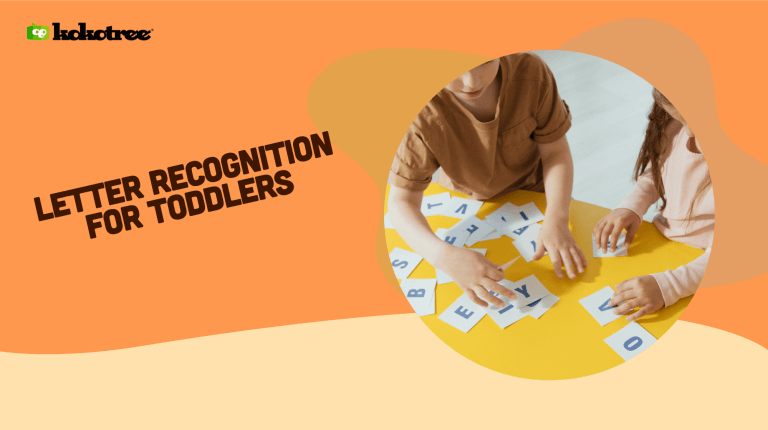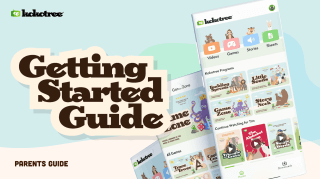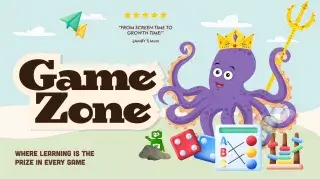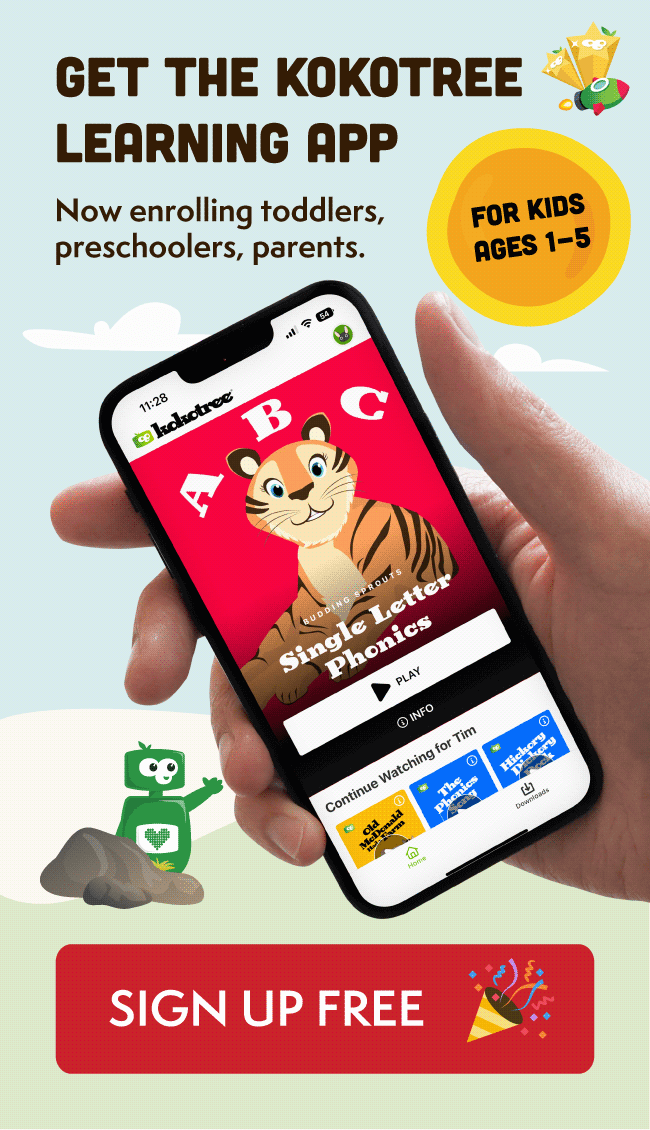

Welcome to our blog, parents! Today’s post is all about helping you introduce your little ones to the world of letters – starting with the basics of letter recognition. We understand that it can be a challenge to find fun and engaging activities that also teach toddlers about the alphabet, but have no fear! From creative games to enjoyable crafts, we’ll be sharing some fantastic evidence-based ideas that will help your toddler learn, have fun, and kickstart their early reading journey. So let’s dive into the wonderful world of the ABCs together!
Letter recognition for toddlers involves introducing them to the alphabet and helping them learn to visually identify the different letters. By engaging in various play-based activities, games, and crafts, toddlers can develop their letter recognition skills, which serves as a critical foundation for early reading and writing, setting them on the right path for success in their academic journey.
Setting up an enticing learning environment filled with captivating visuals and learning materials will make a significant impact on your young one’s journey towards letter recognition. Here are some ideas to create an ideal space for your toddler’s early childhood education:
Displaying vibrant posters around the room featuring the alphabet can help familiarize toddlers with the letters. Choose posters with engaging illustrations and relatable objects, reinforcing the association between the letter and its corresponding sound.
Create a cozy reading corner filled with age-appropriate books, soft pillows, and inviting lighting. Encouraging your toddler to explore the world of books early on will foster their interest in recognizing letters and learning to read.
Activity-based learning helps toddlers to absorb information while keeping them engaged. In this section, we’ll share some enjoyable hands-on activities that teach letter recognition:
Playing with playdough is always enjoyable for little ones! Transform this fun into a learning experience by making alphabet molds for shaping and identifying each letter. They’ll develop their letter recognition skills by feeling the shape and contours of the letters while having tactile fun.
Creating sensory-rich experiences assists in improving letter recognition. Fill small bags or containers with various textured materials such as rice, sand, or lentils, and hide foam or wooden letters inside. Let your toddler explore the bags, encouraging them to find and identify the hidden letters.
Finger painting is an inherently entertaining activity for toddlers, providing them with a chance to practice their creativity and improve their fine motor skills. Use alphabet stencils or simply guide your toddler to create letter shapes with their fingers, combining creativity and learning into a delightful activity.
Transforming learning experiences into games make letter recognition lessons enjoyable and accessible for toddlers. Here are a few inventive ideas for alphabet games:
Design an exciting alphabet treasure hunt by strategically hiding letters around the house or even in your backyard. Hand your toddler a list of the hidden letters with simple picture clues and help them find and identify each one. This activity is perfect for enhancing memory, developing concentration, and learning to recognize the letters!
Create a splendid letter fishing game by attaching paperclips to magnetic or foam letters and using a magnet tied to a string or stick as a fishing rod. Scatter the letters on the table or floor and let your toddler “catch” each one, asking them to say the corresponding letter name or its sound.
Make pairs of letter cards and lay them face down on a table or floor. Have your toddler turn over two cards at a time, attempting to find matching pairs while remembering the location of the cards they’ve seen. This game is great for improving memory and concentration while practicing letter identification.
Integrating music and rhymes into your toddler’s daily routine can greatly support their letter recognition journey. Here are some ideas for using songs and rhymes as learning tools:
The timeless Alphabet Song is a staple in early childhood education, as it familiarizes toddlers with the letters in a catchy, rhythmic tune. Engage in daily sing-alongs, sometimes pointing to the corresponding letter on a poster or flashcard as you sing to reinforce the relationship between the letter and its name.
Many nursery rhymes highlight the sound of a specific letter, such as “Baa Baa Black Sheep” emphasizing the “b” sound. Introduce such rhymes in your toddler’s musical repertoire, and use props or gestures to accentuate the sound of the focus letter.
Modern technology offers abundant tools for early learning, including a wide spectrum of online resources and apps designed specifically for early childhood education. Here’s how you can make the best use of technology as a part of your toddler’s letter recognition journey:
Watch carefully selected, age-appropriate educational videos that focus on teaching letter recognition and sounds using captivating visuals, stories, or songs. Be sure to limit screen time and always watch these videos together to ensure the content is useful and relevant.
Explore learning app options for toddlers, such as ABCmouse or Starfall, which offer interactive games, engaging animations, and helpful lessons on letter recognition. These apps are designed specifically for young audiences and provide an entertaining way to practice letter identification skills.
Being an active participant in your toddler’s early learning experiences not only aids in their development but also strengthens the bond between parent and child. Below are some ideas for cooperative learning activities:
Choose a letter each week and make an art project based on it – for example, painting a picture of a bear while focusing on the “b.” Encourage your toddler to participate in the entire process, from creating the artwork to recognizing and pronouncing the weekly focus letter.
Take turns with your toddler in creating short stories that incorporate specific letter sounds. For example, if the focus letter is “a,” you can invent a story about an alligator named Alex who loves apples. This playful storytelling approach enables little minds to grasp letter recognition and sounds effectively.
Set aside dedicated reading time with your toddler, during which you point to the words as you read aloud, helping them recognize the letters and identify their sounds. Offer an assortment of age-appropriate books with colorful illustrations and engaging storylines to ensure your child remains excited about reading and learning.
With these exciting activities, games, and tips, your toddler will be well-equipped to develop their letter recognition skills, setting the stage for a lifetime of literary success. By integrating fun, creativity, and tried-and-true educational practices, you’ll provide the robust foundation they need to excel in reading and writing!
Beyond the activities and games discussed above, here are some additional tips and recommendations to further support your toddler’s letter recognition journey and expand their overall educational experience:
Repetition is essential for toddler education, as it reinforces memory and increases the likelihood of retention. When presenting a new letter, practice it with your toddler through different activities and games featured in this blog post. Don’t hesitate to circle back and regularly review previous letters to ensure the information is locked into their growing memory.
Fostering a sense of curiosity and discovery will help your toddler develop a genuine interest in learning about letters and their world around them. To encourage this curiosity, pay attention to their questions, interests, and wonderings; provide opportunities for them to investigate, engage in conversation, and explore even beyond the scope of letter recognition.
It’s essential not to overwhelm your toddler by expecting them to recognize all 26 letters at once. Instead, adopt a gradual approach, focusing on one or two letters at a time. As they master those letters, progressively introduce new ones at a comfortable pace, respecting your child’s unique learning style and abilities.
One of the best ways to inspire early literacy in your toddler is to model a love for reading and writing yourself. Share your enthusiasm for books, stories, and written communication with your child, demonstrating the value and joy of connecting with the world through words and letters.
Remember, every child learns at their own pace and in their own way. By staying patient and offering plenty of praise and encouragement, you’ll create a positive, supportive learning environment that will ultimately foster their letter recognition skills and overall growth throughout toddler education.
By putting these tips into practice, you’ll help your toddler become more confident in their letter recognition skills, well-equipped and ready for the next exciting phase in their educational journey.
In this section, we have compiled answers to some of the most commonly asked questions related to letter recognition for toddlers. We hope these answers provide further clarification and guidance on this crucial aspect of early childhood education.
It’s generally advised to start introducing letter recognition to your child between the ages of 2 and 3. However, every child develops at their own pace, so it’s essential to pay close attention to their individual readiness and interest levels.
You can introduce the alphabet to your toddler through various methods such as visual aids, engaging songs, hands-on activities, and co-reading children’s books. Make sure to keep learning experiences enjoyable, interactive, and age-appropriate.
There is no definitive “best” order to teach letters to toddlers. You can either choose to teach letters in sequential order, starting with A and working your way through the alphabet, or by beginning with the letters in your toddler’s name. The key is to be consistent and gradually introduce new letters as they master the ones they have learned.
It’s generally recommended to start with uppercase letters first, as their shapes are easier for young children to identify compared to lowercase letters. However, it’s essential to introduce lowercase letters soon after, as they are more frequently encountered in the written language.
Combining letter recognition with their corresponding sounds is a highly effective way of teaching the alphabet to toddlers. Incorporate letter-sound associations into hands-on activities, songs, games, and storytelling to help your toddler recognize and understand the connection between letters and their sounds.
Keep learning sessions short, around 10 to 20 minutes in duration, to maintain your toddler’s interest and focus. The goal is to make learning fun and engaging, so be sure to assess and adjust the duration depending on their needs, interests, and attention span.
You can evaluate your toddler’s progress through informal assessments such as incorporating letter identification into games or asking them to point out letters in a book. Frequently revisit previously taught letters and assess their ability to recall letter names and sounds.
Be patient and give your toddler additional practice with that specific letter through various activities, games, and repetitions. Remember that every child learns at a different pace, and providing consistent support and encouragement can help them overcome any struggles.
Key milestones in letter recognition include demonstrating familiarity with the alphabet, recognizing and naming individual letters, differentiating between uppercase and lowercase letters, and associating letters with their corresponding sounds. Keep in mind that the timeline for achieving these milestones may differ, as each child progresses at their own pace.
Yes, digital media like learning apps and short educational videos can enhance your toddler’s letter recognition skills, provided they are used in moderation and alongside hands-on activities, songs, and interaction with caregivers or parents.
Maintain a positive and patient attitude, making learning experiences fun and engaging. Experiment with various activities and methods to determine which ones capture your toddler’s interest and suit their learning style best.
Signs that your toddler may be ready to start reading include recognizing and identifying most letters, associating letters with their sounds, showing an interest in books and stories, and attempting to sound out simple words. However, it’s essential to continue fostering letter recognition skills and supporting their learning at an individual pace.
If you have concerns regarding your toddler’s progress in letter recognition or suspect a learning difficulty, consult with their pediatrician or a qualified early education specialist. They can provide guidance, recommendations, and resources to support your child’s development in this area.




